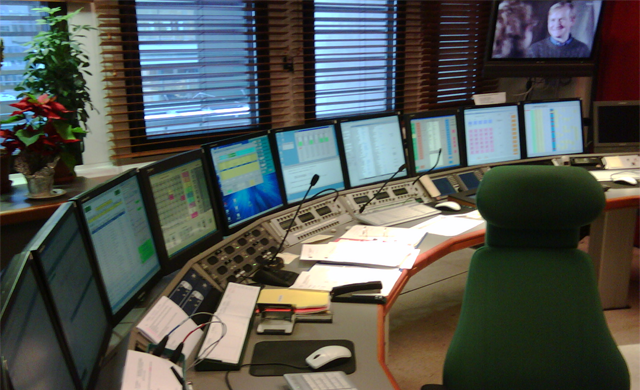Jesse Livermore’s life in the markets is both a legendary success story and a sobering cautionary tale. To capture the scale of his financial feats, I’ve adapted a table that has circulated online — refining it by keeping only the single highest or lowest figure for each year. This approach strips out repetition and lays bare the sheer magnitude of the gains and losses he endured. Adjusted to 2021 dollars, the numbers paint an uncompromising portrait of a man whose skill in speculation produced fortunes that rival — and sometimes surpass — the market value of major modern ASX-listed companies.

By 1908, at just 30 years old, Livermore had amassed the equivalent of $156 million — a staggering achievement given the primitive trading tools of the early 20th century. He did this without the backing of a financial institution or privileged information, relying solely on sharp instincts, strategic insight, and a deep grasp of crowd psychology. In 1907, he earned \$90 million (in today’s terms) during a period of intense market panic, proving his rare ability to not just weather extreme volatility, but profit from it.
The table’s real power, however, lies in its record of Livermore’s reversals. As early as 1901, at age 24, he faced a setback equivalent to more than $16,000 today — a trivial loss compared to the $28 million decline in 1914 or the crushing $104 million wipeout of 1934. And yet, his resilience was unmatched. In 1917, he earned $115 million, and by 1929 — amid the chaos of the greatest market crash in modern history — his wealth swelled to nearly $493 million in current dollars.

The Meteoric Rise and Tumultuous Falls of Wall Street’s Greatest Speculator
These dramatic financial swings reveal the paradox at the heart of Jesse Livermore’s life: an unparalleled mastery of market reading, coupled with a self-destructive streak that seemed almost hardwired. His story is not only a chronicle of market volatility, but also a reflection of the volatility within human nature itself.
What stands out most is the scale of his fortunes when measured against today’s economy. Even in years considered “modest” by his standards — such as 1915’s $4 million or 1937’s $15 million — his earnings would place him comfortably among the wealthiest investors in Australia today. His 1929 fortune alone eclipsed the current market capitalisation of numerous mid-tier ASX-listed companies, illustrating the true weight of his market influence.
From his career emerge two timeless truths: trading is, above all, a test of psychology, and the greatest threat to any trader’s fortune is the trader themselves.
Learn from market wizards: Books to take your trading to the next level


 Hot Features
Hot Features












